--- Update ---
I'm currently trying with limited success to get Android running on the pi (that part is easy) on the Waveshare OLED (not easy) so I can run the clock with Unity, and add all sorts of cool stuff.
If anyone has any experience with custom EDID / DRM modes and building Android / the Linux kernel from source, and is interested in helping out, please let me know!
All progress would be made available to the community!
-----------------
Here's where I'm at. The concrete didn't come out as clean as I hoped, but pretty pleased with the gyro integration. Lots of optimizations to do on the pi, but pretty confident I can get it running well.
_____________________________________________________________________________
I clock with Processing. Inspired by Dan Shiffmans's original Box 2D examples, it displays the time by dropping numbers in a big pile. Hours, minutes and seconds a differentiated by color, size, and also things like density in the physics sim, which can lead to some amusing behaviors.
The color of the minutes fade over time to make it easy to read which minute we're currently in. It isn't implemented yet, but the ground will open up once per hour to allow the old hour, and any unlucky minutes and seconds to plummet through.
All the styling is easy to customise and once I have all the nitty gritty sorted out I will probably provide various presets or even allow the user to alter things.
At the same time, I've been experimenting with the use of 3D printing to create molds for concrete, which in turn can be integrated with electronics. Here's a less ambitious example.
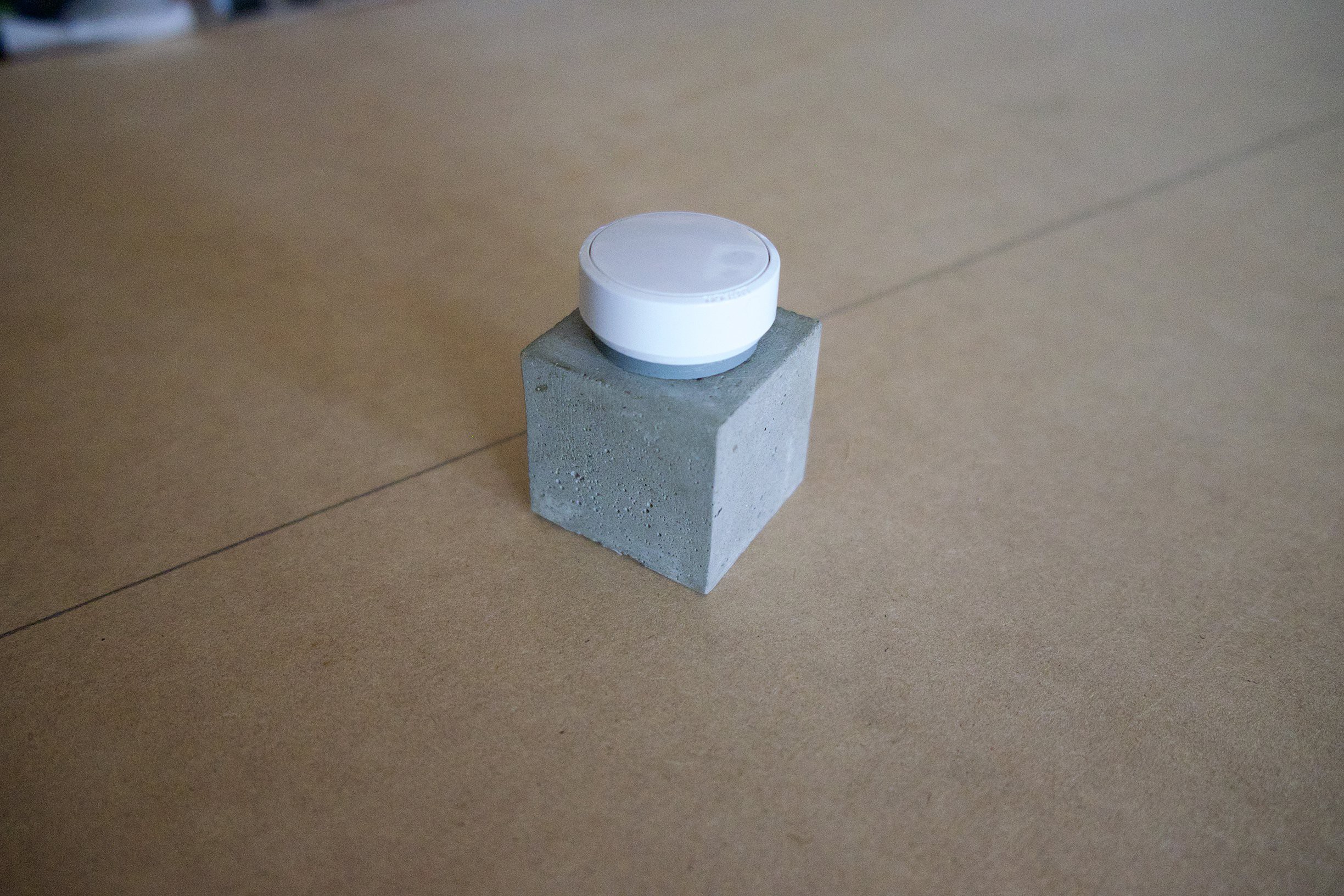
It's a dimmer for Phillips Hue light bulbs. The actual dimmer I just bought - it has a mechanism to clip on to a regular light switch. I designed this 3D printed insert in place of the light switch.
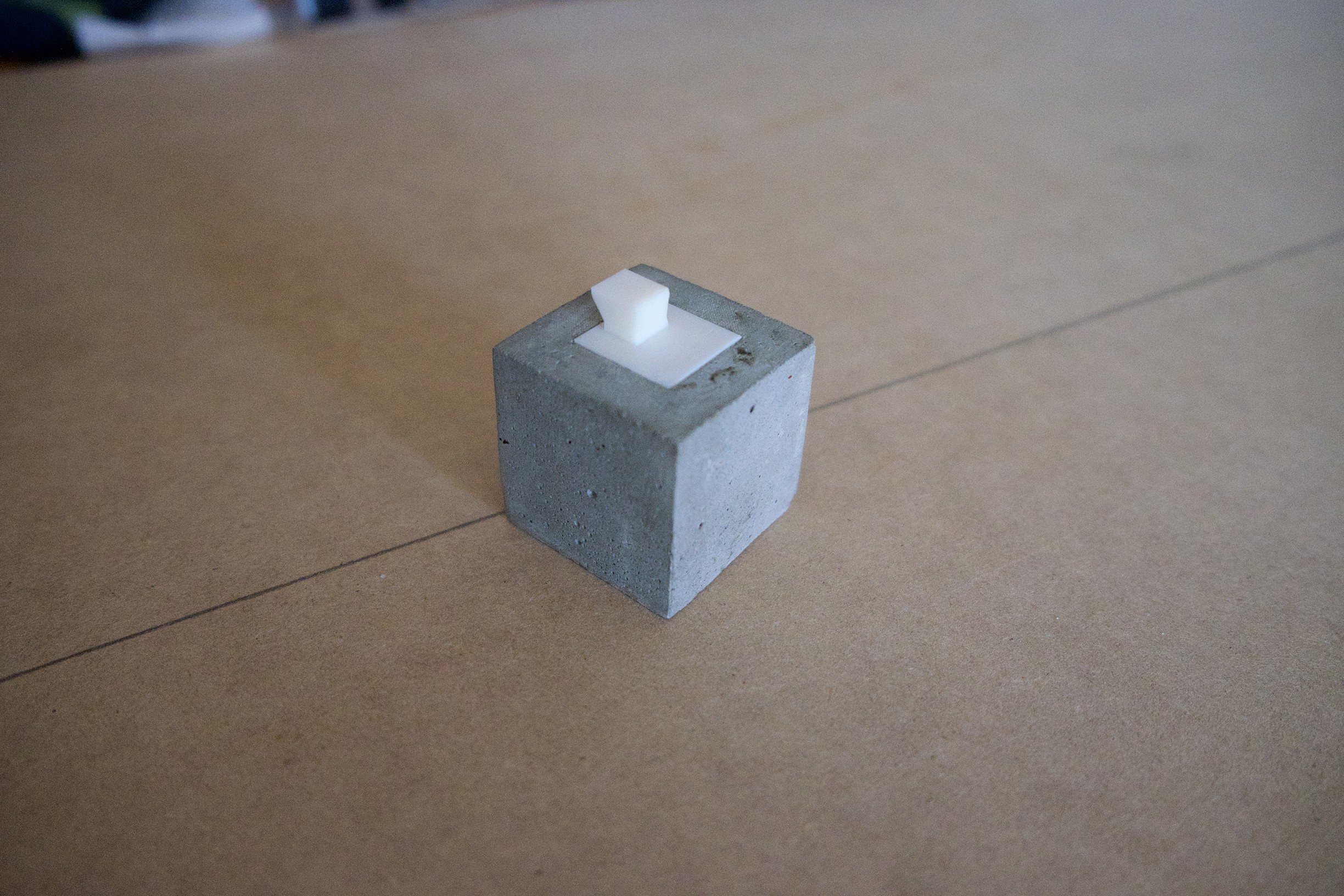
Using similar techniques I'm casting a concrete enclosure for a nice small form factor OLED I happened to have, which is compatible with a raspberry pi. It's basically a repurposed smartphone screen. This is the 3D printed prototype - looks nasty but should be cool in concrete.
There's some glitches to iron out on the sketch when running on the Pi but I was quite surprised by the performance. The concrete version is casting as I write.
Next I plan to integrate a gyro so the sketch always knows which way is down, even when you pick it up and rotate it. Like a snow globe. I have the functionality in Processing, more or less, plus the ability to grow or shrink the floor, and add walls.
This would be better as a square I think, rather than the 16x9 display I have currently. As it happens on Ali Express you can get nearly square AMOLED displays intended for VR headsets. The ultimate goal is to recreate the project with one like this:
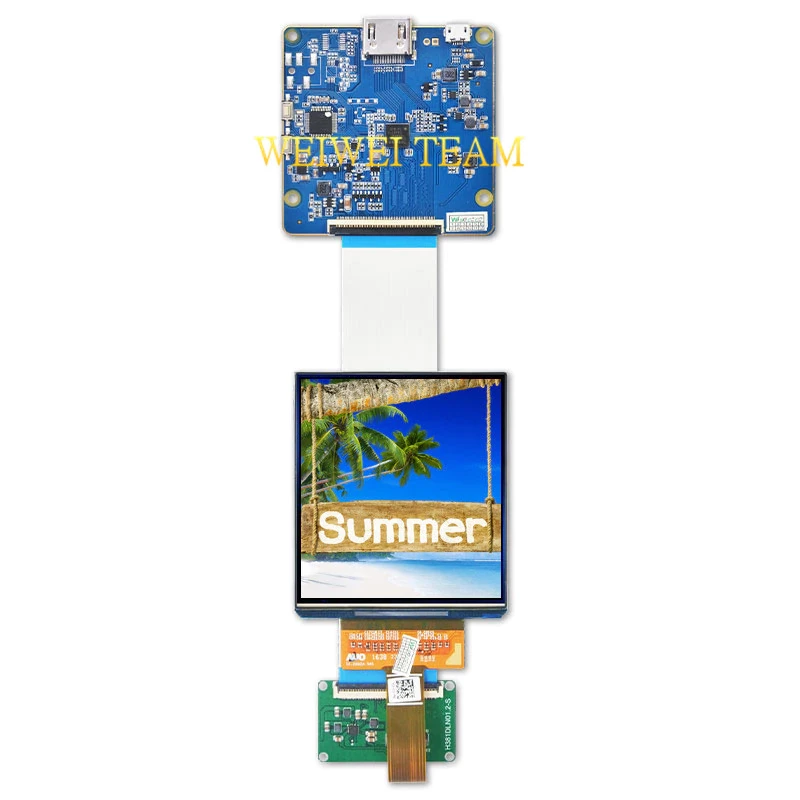
This would also be lower resolution so hopefully slightly better performance.
Thanks for reading!
 arcade perfect
arcade perfect
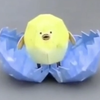


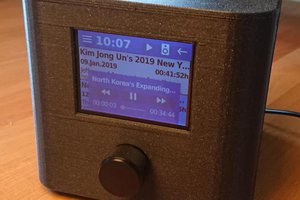
 Thomas Ruschival
Thomas Ruschival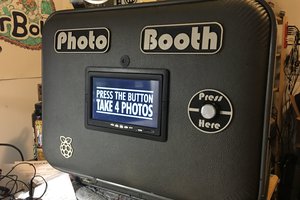
 nick.r.brewer
nick.r.brewer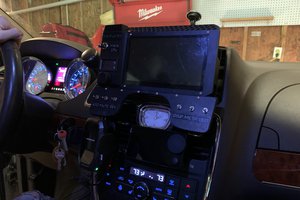
 thesebelik
thesebelik
 Andrew Lee
Andrew Lee
Brilliant idea, I love it! Can't wait to see the code - don't care if it's a bit messy